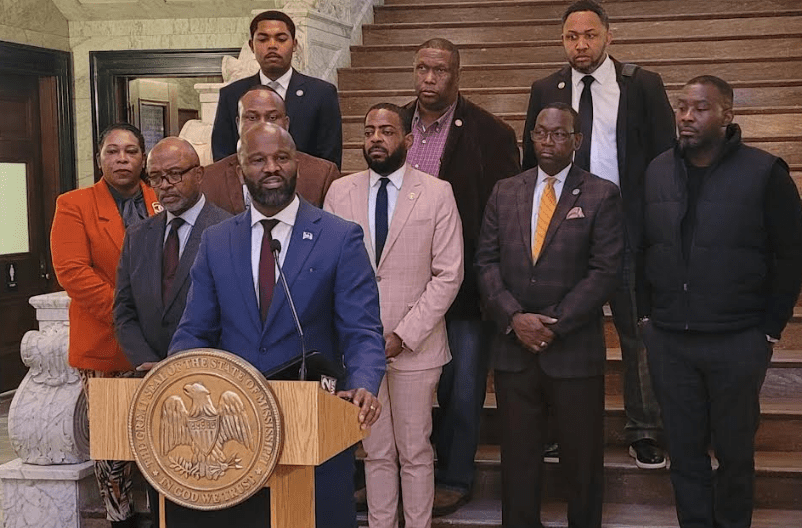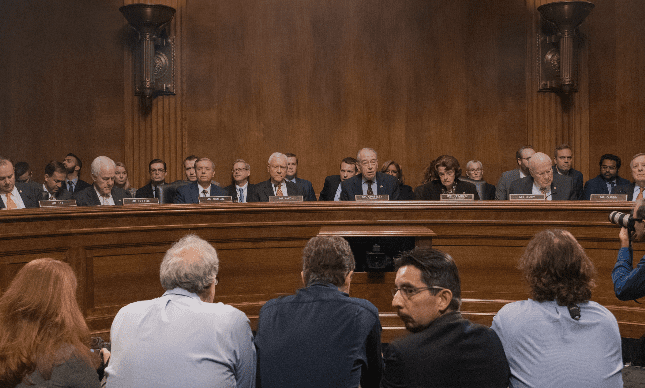What destroyed Weiss and Scruggs was a system in which the money just got too big. The two had helped spawn an industry of class-action mega-cases that was so lucrative, the plaintiffs couldn’t bear the idea of losing. So the “good guys” began to cut corners.
Weiss and Scruggs got in trouble in part because they were especially aggressive in representing people they believed had been wronged. “They were the Daniel Boones, who cut through the Cumberland Gap,” argues Alex MacDonald, a prominent plaintiffs’ lawyer with the Boston firm MacDonald Rothweiler Eisenberg LLP.
What’s weird about these cases is that neither of the men needed more cash. Weiss owned a Long Island mansion worthy of Gatsby, with Picasso paintings on the walls, according to the Wall Street Journal. His share of his firm’s profits was more than $200 million over the past 25 years.
Scruggs, the good ol’ boy from the Gulf Coast, was reckoned to be a billionaire; a New Yorker profile of him last month by Peter J. Boyer described a flamboyant philanthropist who entertained his Ole Miss pals in lavish homes and on his own private jet.
“The money got intoxicating,” argues John Epps, a lawyer with Hunton and Williams in Richmond who has defended corporations in some of the asbestos cases. “They were making more money than any lawyer in history had made.”
The huge fees that Weiss and Scruggs were able to pocket stemmed from their technique of gathering very large groups of plaintiffs to sue corporations for damages. Weiss’s genius was getting in the door first as lead counsel, using a ready-made stable of clients who, it turned out, were receiving kickbacks in what a federal judge described this week as a “nationwide conspiracy that continued for decades.”
Scruggs was also adept at enrolling long lists of plaintiffs — whose damage claims were so sizable that corporations often settled rather than run the risk of multibillion-dollar payouts and possible bankruptcy. Scruggs’s special talent was working with politicians and elected judges in Mississippi and other plaintiff-friendly Southern states. As described by the New Yorker, Scruggs’s legal crusades were closer to turkey shoots than normal litigation. The elected judges looked to the plaintiffs’ bar for campaign contributions and rewarded it with friendly courtrooms that produced huge settlements.
These mega-cases have turned traditional notions of legal practice upside down. The old system revolved around individual plaintiffs who hired lawyers to seek redress through the courts. Lawyers back then regarded it as unethical to solicit clients, and until 1977 there was a strict ban against attorney advertising. Nowadays, advertising is pervasive, and in class-action cases, it’s the lawyers who in effect are hiring clients — often in a rush to file civil suits against companies that have just admitted guilt in criminal cases. At its worst, the system is close to legalized extortion.
“The way the system developed, it broke down the connection between lawyers and clients,” argues Jamie Gorelick, a former deputy attorney general in the Clinton administration. “These practices result in part from changes in the rules governing our profession.”
Washington Post
6/5/8







